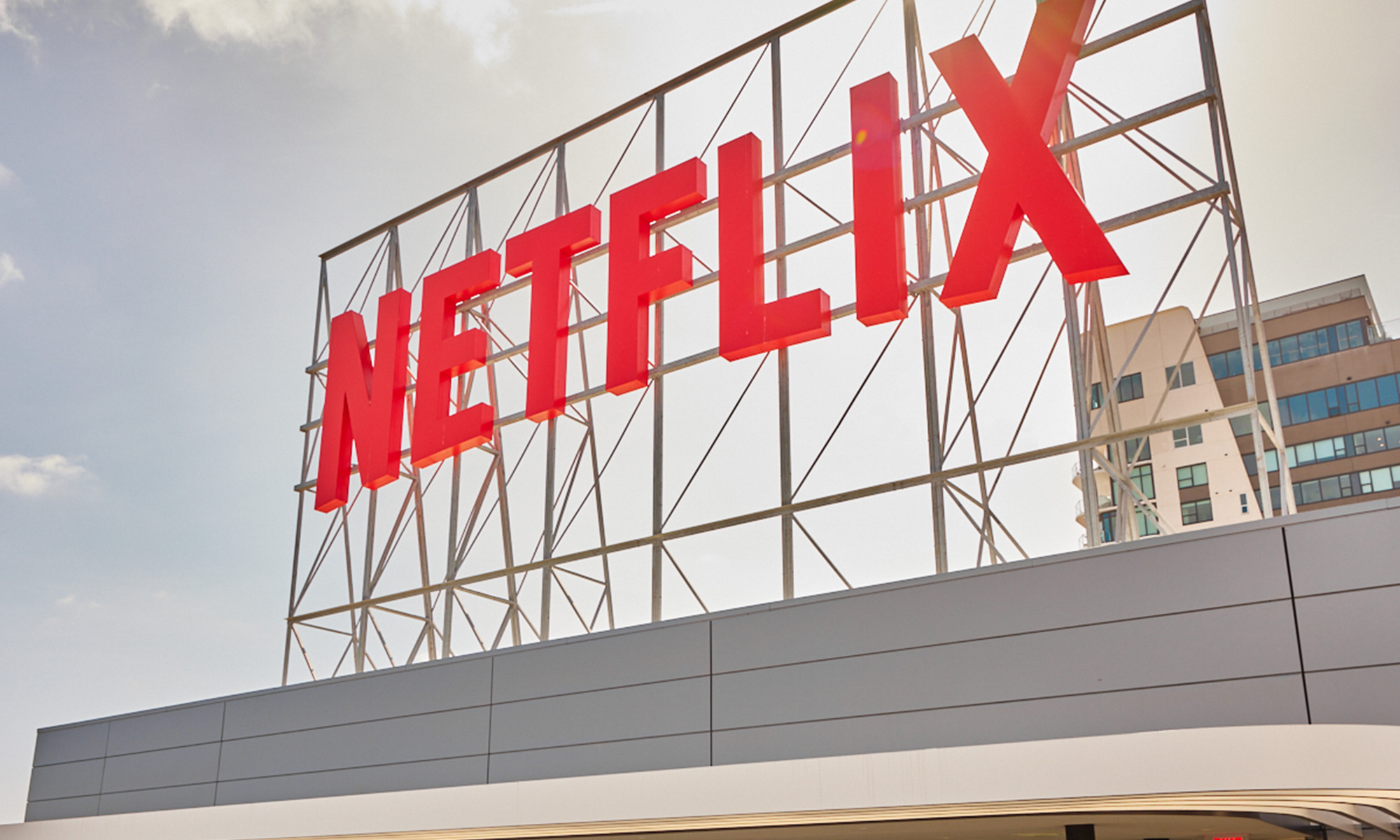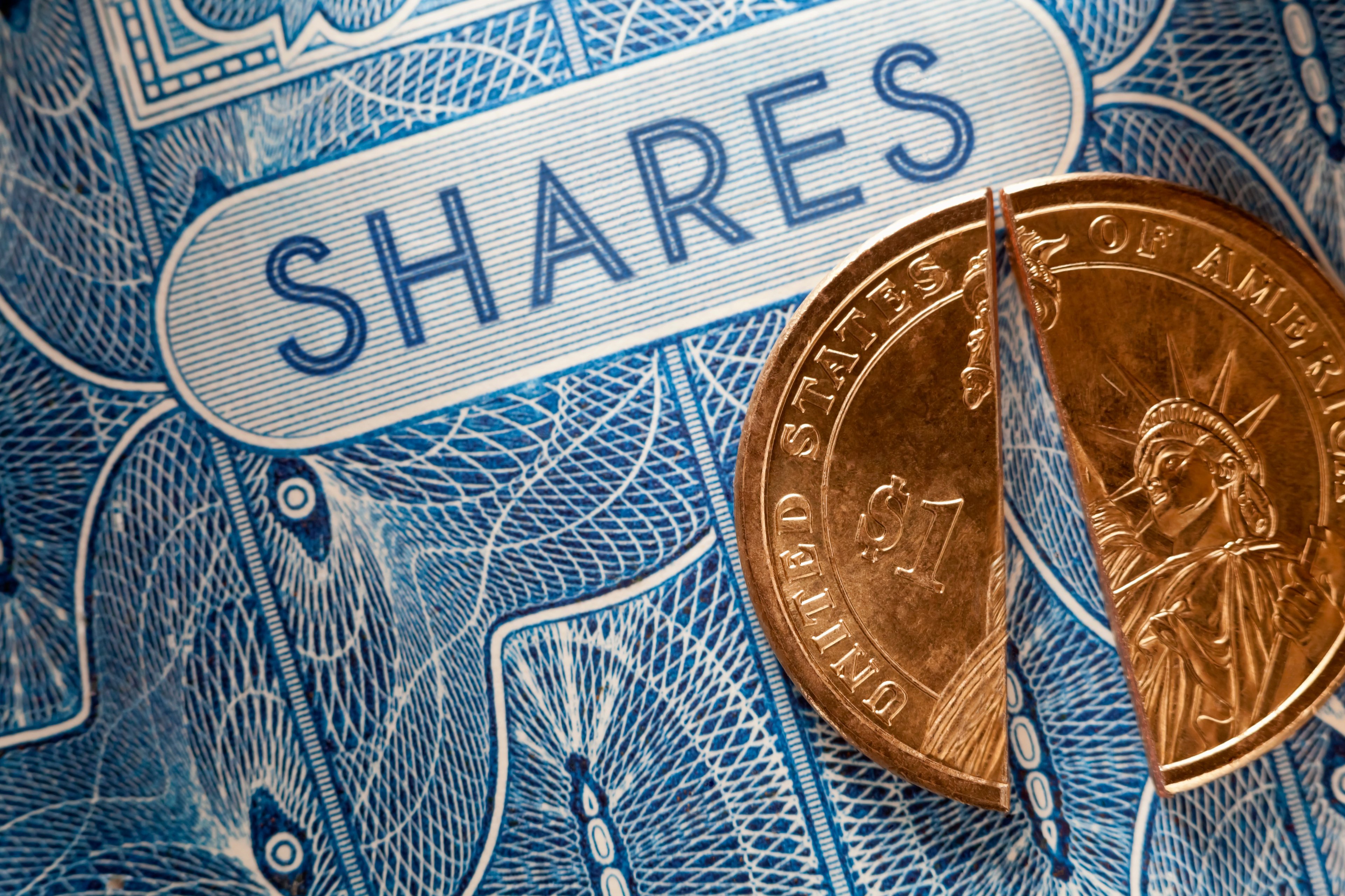Netflix (NFLX 0.97%) surpassed YouTube among U.S. adults last year. The average American spent more than 23 minutes per day watching Netflix compared to 22 minutes per day for the free streaming video service from Alphabet, according to estimates from eMarketer. That gap grew wider this year -- 27 minutes per day versus 23 minutes per day.
Notably, the researchers expect American adults to continue increasing their time spent streaming video on both platforms, despite the increasing competition in both premium and ad-supported streaming video. Instead, services like Disney's (DIS +0.89%) Disney+, AT&T's (T +0.52%) HBO Max, and Comcast's (CMCSA 0.66%) Peacock will increase total time spent streaming video. And while that might cut into Netflix's share of streaming time, as eMarketer's editors point out, it doesn't reduce its value.

Image source: Netflix.
The most important metric for streaming video services
Last month, Netflix CEO Reed Hastings said time spent streaming each service is going to be the most telling in the early days of new streaming competition. He points out a lot of services will come bundled. Indeed, Disney is bundling with Verizon, AT&T is bundling HBO Max with its other video and wireless services, Comcast is bundling Peacock with its pay-TV service, and Apple (AAPL 0.61%) is bundling Apple TV+ with its devices.
That gives consumers a lot of "free" choices for where they spend their streaming time.
And there's no denying all of these new services offer a lot to watch. Each of the aforementioned companies is spending billions on content in an effort to win eyeballs. And surely at least a few of them will succeed.
But the success of Netflix's competitors doesn't mean they're hurting Netflix. As you might have heard executives at any of these companies say, "it's not a zero-sum game." More likely, consumers will spend less time watching linear television and more time watching content on-demand through streaming.
Netflix's position at the top and what it means for investors
Several analysts have floated the idea that Netflix needs to introduce an ad-supported tier in order to continue growing its subscriber base in the face of lower-priced competitors. Disney+ is just $7 per month, Apple TV+ is just $5 per month, and Peacock will be free (with ads) to more than 20 million Comcast customers. Only HBO has a higher price than Netflix's most popular plan.
But Netflix's success in increasing its prices over the last few years has been because it produces a lot of value for its subscribers. Ultimately, if the value is there, people will pay. And while it's noticed some price sensitivity with its latest rate increase, subscribers continue to stream more than they did last year.
As such, the fact that competitors are entering the market with extremely low prices shouldn't force Netflix to deviate from the game plan that's worked so far: reinvest its revenue in expanding its content library and ask subscribers for more money from time to time. Consumers still get a lot of value from the service, and that doesn't change in the face of additional streaming options.
If eMarketer's outlook for a continuous trend upward in average time spent on Netflix is accurate, Netflix shouldn't have much trouble increasing its investments in content and asking for a higher price from consumers despite the competition.










